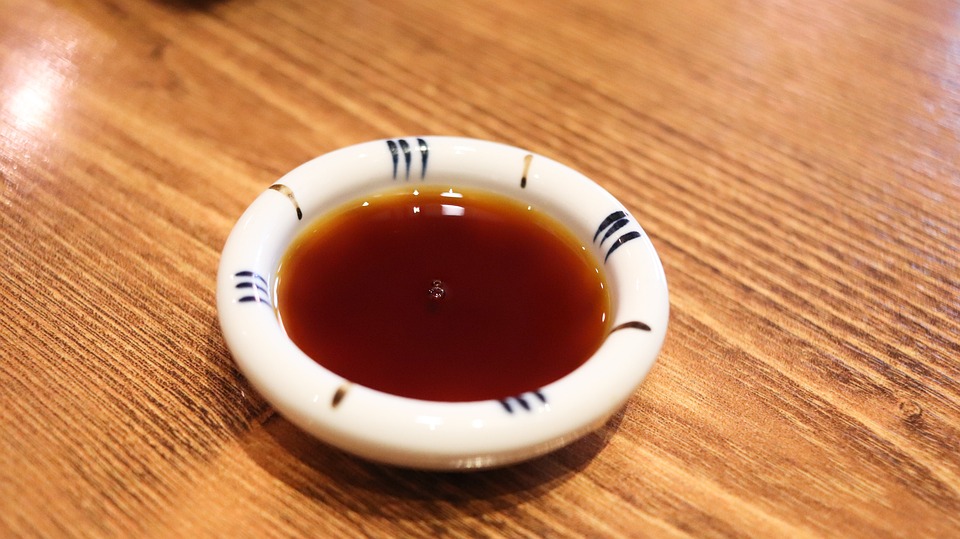[ad_1]
Japanese cuisine is known for its unique and delicious flavors, and a key ingredient that contributes to this is soy sauce. Soy sauce, also known as shoyu in Japan, is a versatile and essential condiment that is used in a wide variety of Japanese dishes. From sushi and sashimi to stir-fries and marinades, soy sauce adds depth and umami to Japanese cuisine.
History of Soy Sauce in Japan
Soy sauce has been an integral part of Japanese cuisine for centuries. It is believed to have been introduced to Japan from China around the 7th century, and it has since become a staple in Japanese cooking. The production of soy sauce involves fermenting soybeans, wheat, and salt, and the process has been refined and perfected over the years in Japan. Different regions of Japan have their own unique variations of soy sauce, each with its own flavor profile and uses.
Flavor Profile and Varieties
Soy sauce is known for its rich, salty, and savory flavor, which adds a wonderful depth to dishes. There are several varieties of soy sauce available in Japan, each with its own unique characteristics:
- Shoyu: This is the most commonly used type of soy sauce in Japan. It has a balanced flavor and is used in a wide range of dishes.
- Tamari: Tamari is a type of soy sauce that is thicker and darker than shoyu. It has a rich, full-bodied flavor and is often used in dipping sauces and marinades.
- Usukuchi: Usukuchi soy sauce is lighter in color and saltier than shoyu. It is commonly used in Kyoto-style cuisine and is great for seasoning without darkening the color of the dish.
- Saishikomi: This type of soy sauce is double-brewed, resulting in a thicker texture and a more intense flavor. It is often used in braising and simmering dishes.
Uses in Japanese Cuisine
Soy sauce is an incredibly versatile ingredient that is used in a wide range of Japanese dishes. It is a key component in the preparation of many traditional Japanese foods, including:
- Sushi and Sashimi: Soy sauce is commonly used as a dipping sauce for sushi and sashimi, adding a burst of umami to the delicate flavors of the fish and rice.
- Teriyaki: Teriyaki is a popular cooking technique in Japan that involves marinating and grilling meats or fish in a sweet and savory sauce made with soy sauce, mirin, and sugar.
- Stir-fries: Soy sauce is often used in stir-fry dishes to add depth of flavor and color to the ingredients.
- Nimono: Nimono refers to simmered dishes, and soy sauce is often used in the broth or sauce to enhance the flavors of the ingredients.
- Marinades: Soy sauce is commonly used as a base for marinades, adding flavor and tenderizing meats and fish.
Conclusion
Soy sauce is a versatile and essential ingredient in Japanese cuisine, adding depth and umami to a wide range of dishes. Its rich, salty, and savory flavor makes it a key component in the preparation of sushi, teriyaki, stir-fries, and more. With a variety of soy sauce options to choose from, each with its own unique characteristics, it’s easy to find the perfect soy sauce to fit your culinary needs. Whether you’re a seasoned sushi chef or a home cook experimenting with Japanese recipes, soy sauce is a must-have condiment in any Japanese kitchen.
Frequently Asked Questions
What is the difference between light and dark soy sauce?
Light soy sauce, such as usukuchi, is lighter in color and saltier in flavor. It is commonly used in dishes where you want to season without darkening the color of the ingredients. Dark soy sauce, on the other hand, is thicker and has a richer, more complex flavor. It is often used in braising and simmering dishes to add depth of color and flavor.
Can I use soy sauce as a substitute for other condiments?
Yes, soy sauce can be used as a substitute for other condiments such as Worcestershire sauce, fish sauce, or even salt in some recipes. However, keep in mind that soy sauce has a distinct flavor profile, so it may alter the taste of the dish slightly.
Is soy sauce gluten-free?
Traditional soy sauce is made with soybeans and wheat, so it is not gluten-free. However, there are gluten-free varieties of soy sauce available, such as tamari, that are made without wheat.
How long does soy sauce last?
Unopened soy sauce can last for a significant amount of time, often years, if kept in a cool, dark place. Once opened, soy sauce should be kept in the refrigerator and used within a few months for the best quality and flavor.
[ad_2]




Comments